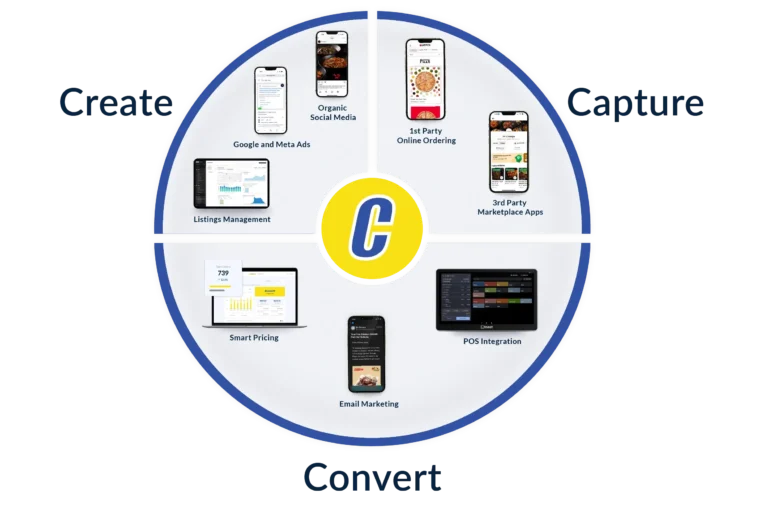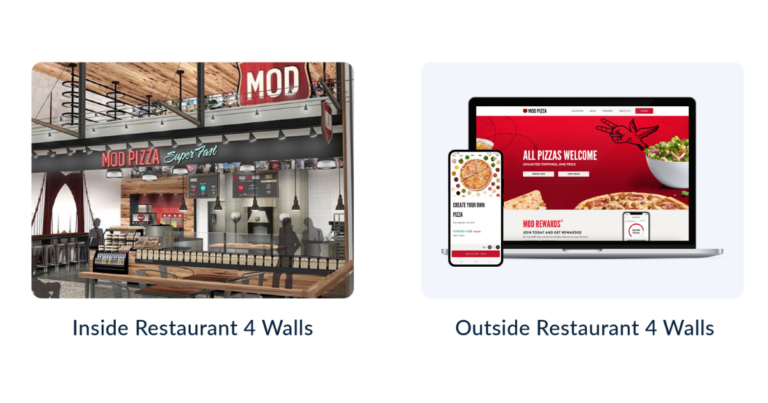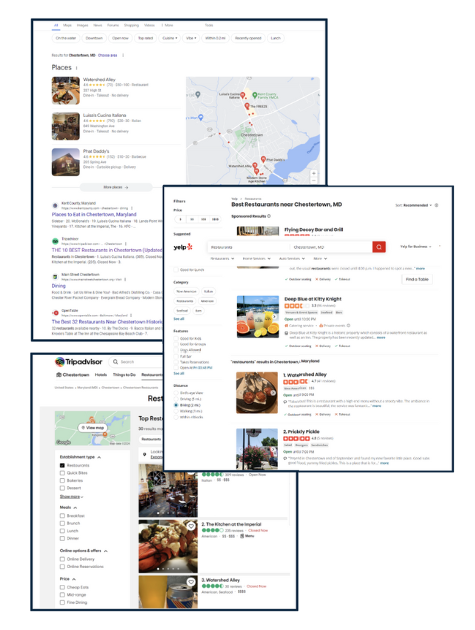Off Premise Platform for Profitability

Introduction

Understanding the Off Premise Platform
Tech Stack Framework

The Landscape of Digital Storefronts


Hospitality Moment
"My pleasure" instead of "You're welcome"
Speedy Service
Memorable naming conventions
Portion sizes
The Real How-To: Mastering Off Premise
Operations with the 3 C's Framework
Creating Demand Drives Digital Traffic

Awareness
Acquisition
Attribution
Pro Tip:
Capturing Demand
- Customized options
- Automatic upsell engine
- Customer data on all orders
- Account sign up and re-order capabilities
- POS integration
- Digital wallets (iOS and Android)
Converting Orders into Profits
- Integration: In order to execute on these orders, they must be converted into the operational processes of your kitchen. POS integration makes orders the same no matter which channel they came from.
- Repeat Customers: Converting first-time customers into repeat patrons is key to success in any business. Repeat customers are the cornerstone of profitability.
- Dynamic Pricing: Implement dynamic pricing to navigate the demand fluctuations and pricing strategies of third-party delivery platforms and always ensure each channel isn’t just generating sales, but profits too.
How Chowly Helps:
Your Off Premise Platform
Chowly’s core functions revolve around creating, capturing, and converting demand into profits.
Under creating demand: Chowly manages Google and Meta paid ads, writes and schedules organic social posts, monitors reviews/ratings, and ensures accurate listings management all from 1 platform. These tools drive traffic via an improved digital presence.
Under capturing demand, Chowly provides a direct first-party online ordering platform. This commission-free platform is customized to each brand and automatically upsells commonly paired together items increasing basket sizes. Chowly also helps restaurants capture demand via third-party marketplace integrations. Leveraging the demand from the likes of DoorDash, Uber Eats, and many more, Chowly captures that demand and integrates directly into your POS.
Under conversion, everything runs on Chowly’s best-in-class POS integration so this demand is converted into something the kitchen can easily execute. Additionally, convert those third-party orders into real profits with Chowly’s smart pricing tool that dynamically adjusts prices for higher demand to ultimately drive more dollars to your restaurant’s bottom line.

